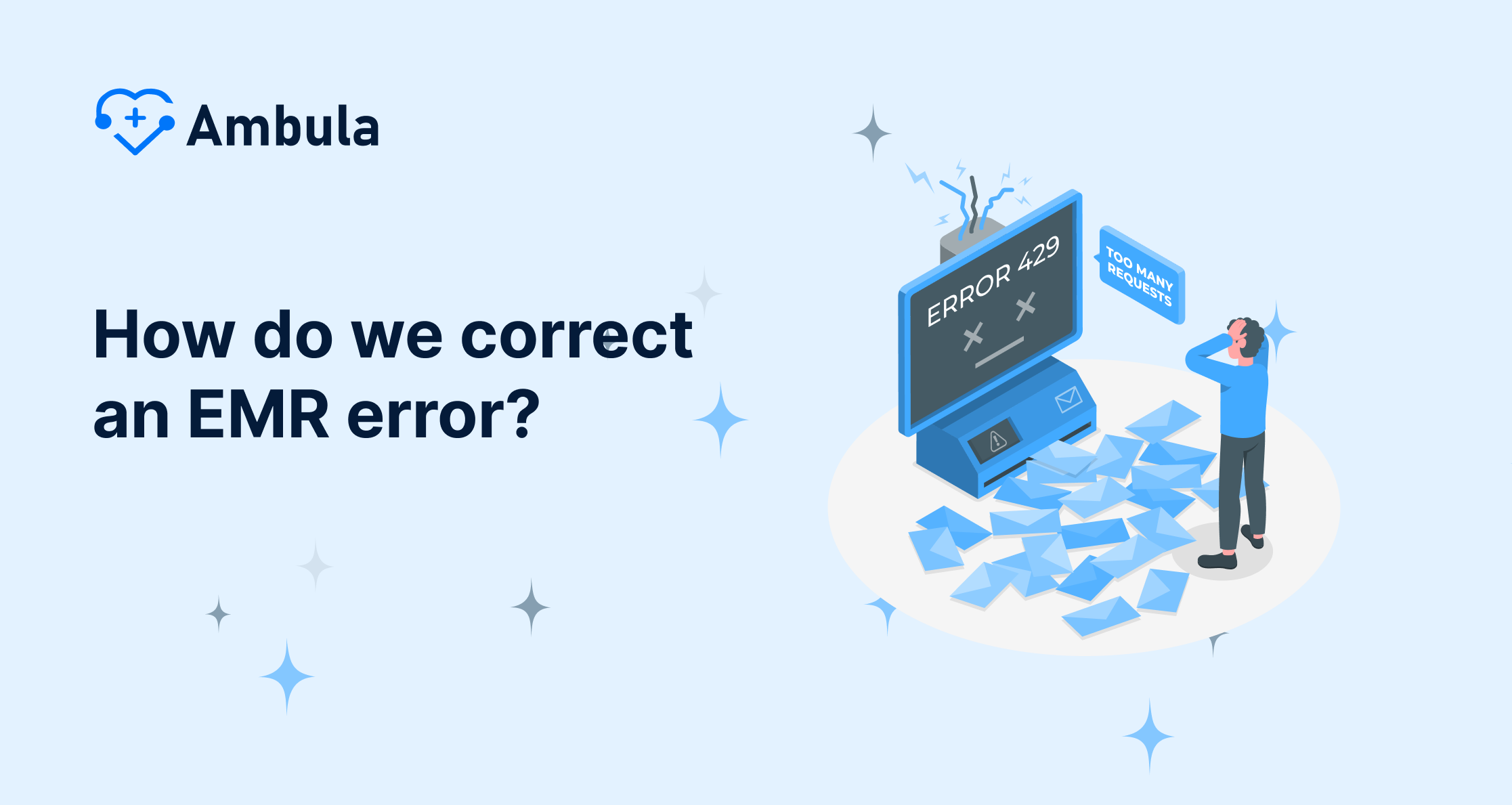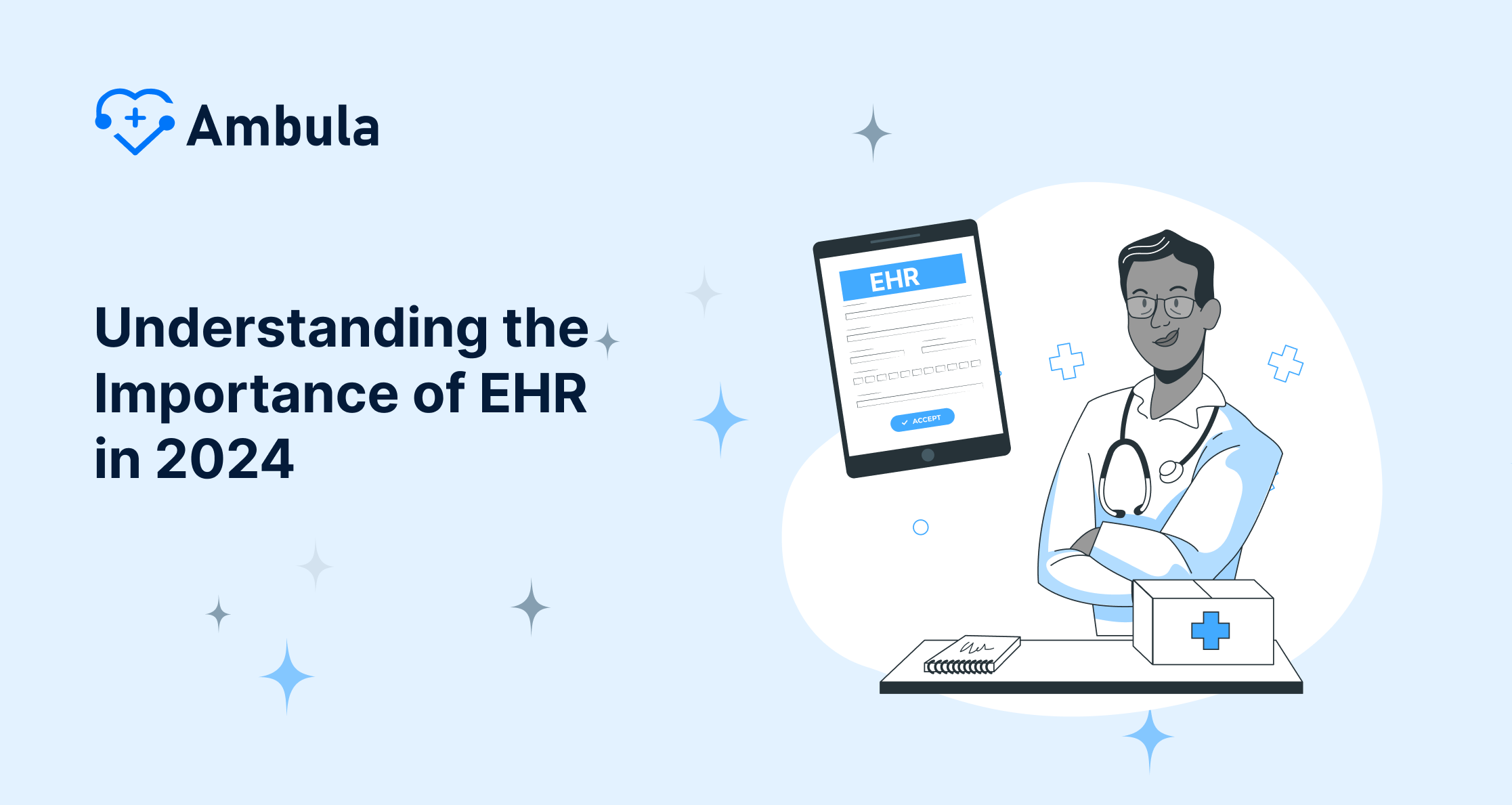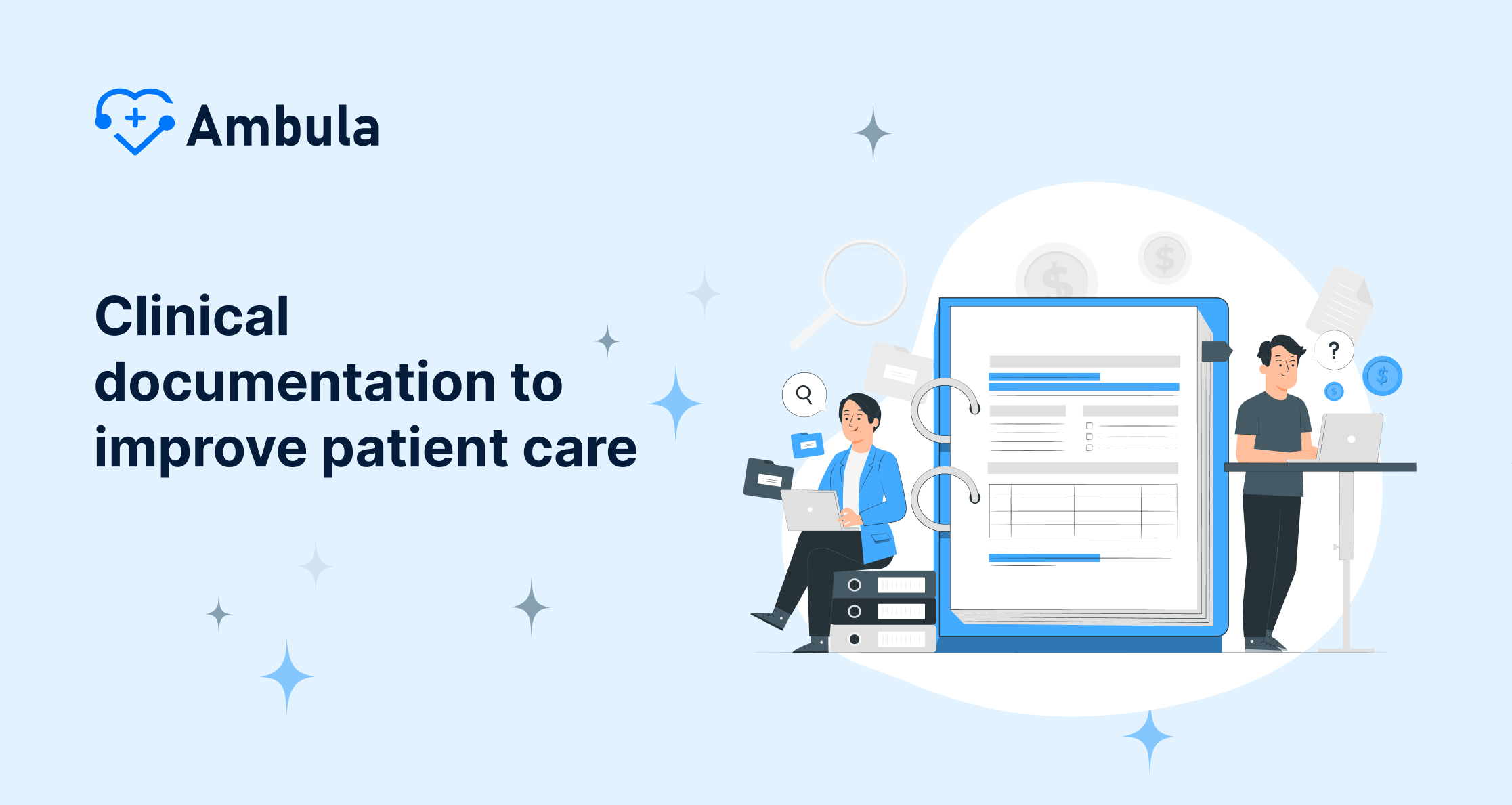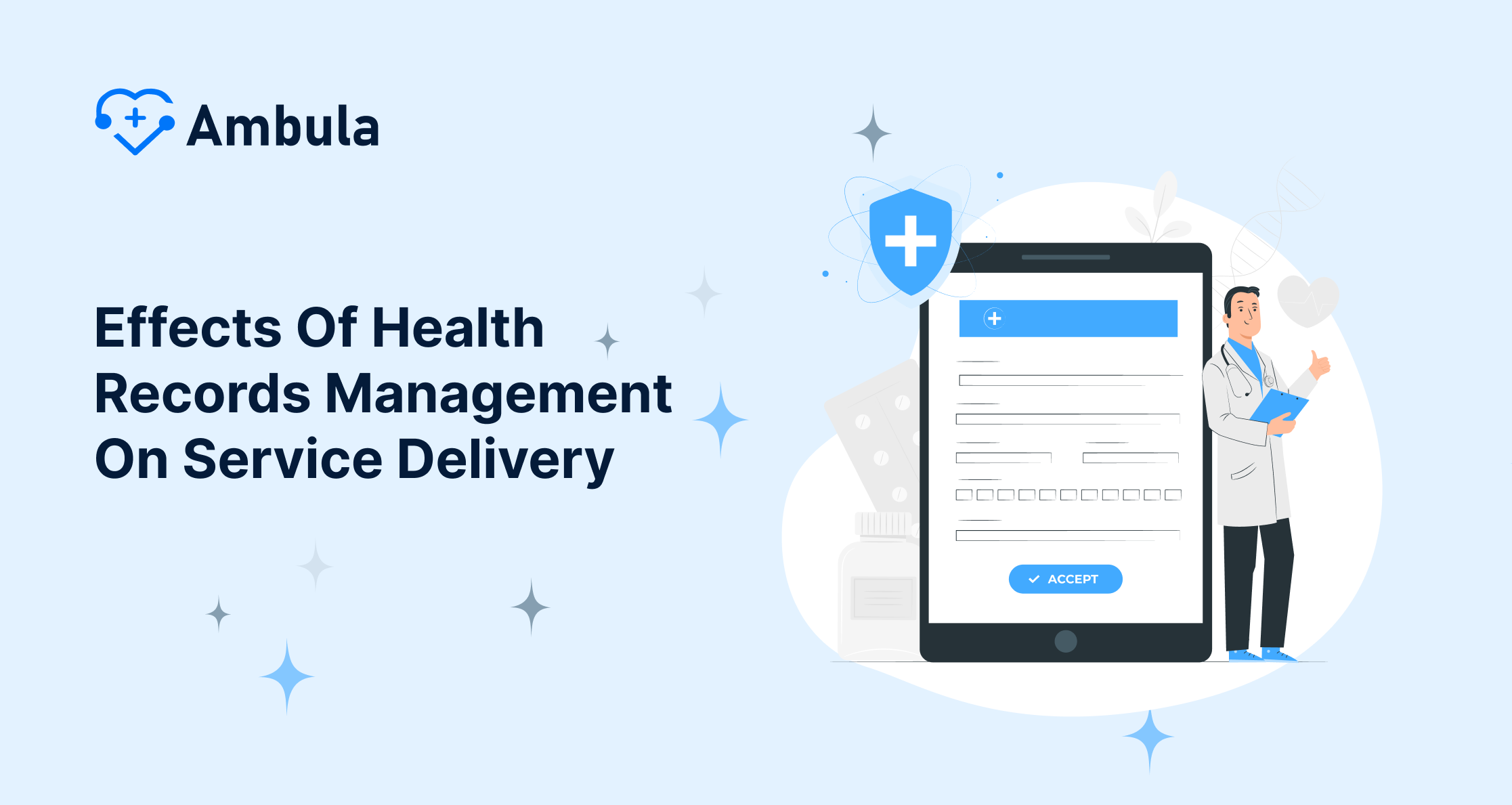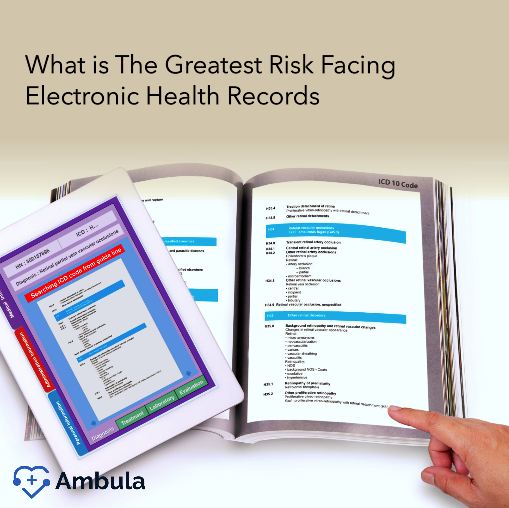
Implementing electronic health records (EHRs) in healthcare facilities has technical challenges. Integrating the technology within existing systems can expose inadequacies and lead to malfunctions, data loss, and downtime. A dedicated IT team is needed to efficiently handle technical issues and safeguard patient data. Proper evaluation of the infrastructure and comprehensive training for staff are essential. Financial implications must be considered, but the long-term benefits of streamlined operations and improved patient care are worth it. Data breaches and interoperability issues are major concerns, so robust cybersecurity measures and choosing interoperable EHR systems are important. Compliance with regulations is crucial and requires ongoing training and audits.
Technical Challenges
Implementing electronic health records (EHRs) often faces the first hurdle in integrating the technology within the existing system infrastructure of a healthcare facility. For institutions lacking up-to-date technology, the sophistication of EHRs can expose system inadequacies. Recurring malfunctions, loss of vital data, and significant downtime can become commonplace, disrupting daily operations and compromising the quality of patient care.
Addressing this requires a hands-on approach from a dedicated IT team expert in handling technological issues quickly and efficiently. This means having a support team on standby for immediate resolution of technical problems, ensuring minimal disruptions, and safeguarding patient data. Proper collaboration between the healthcare facility and IT support is key to minimizing disruptions.
A preliminary evaluation of the existing technological infrastructure goes a long way in foreseeing potential issues. Facilities should thoroughly assess their technical capability and readiness to accommodate EHR software implementation. This helps anticipate potential setbacks, devise solutions, and ensure a smoother transition to EHRs.
Training and Adaptation
The move from conventional, paper-based records to digital EHR systems entails a drastic shift in healthcare facility operations. Healthcare professionals and administrative staff must adapt to this new system, which may initially seem daunting. Lack of adequate training can lead to user errors, inefficient system use, and compromised care quality.
Healthcare institutions should invest significant resources in comprehensive training programs as an integral part of EHR deployment. Periodic training sessions can be instrumental in familiarizing employees with system navigation, data entry, access controls, and patient privacy. The system’s potential can be fully realized as users gain proficiency, enhancing overall organizational efficiency.
Adaptation to EHRs is gradual, and users should be given sufficient time to adapt. Regular practice, problem-solving sessions, and continuous learning opportunities can help overcome initial hurdles. Successful adaptation can lead to increased proficiency, improved workflow, and a subsequent enhancement in patient care and organizational efficiency.
Financial Implications
The financial cost associated with EHR systems is a major consideration for healthcare facilities. The expense extends beyond the initial purchase, covering software implementation, maintenance, system updates, and staff training. For institutions with budget constraints, it might present a substantial financial burden.
However, decision-makers must also consider the potential return on investment from EHR implementation. While upfront costs may be high, long-term benefits such as streamlined operations, time savings, improved patient outcomes, and enhanced compliance and reporting could outweigh the initial investment.
Moreover, EMR cost considerations should not compromise the quality of the EHR system chosen. A well-functioning, comprehensive system might require a significant outlay but offers higher returns through operational efficiency and quality improvements. Therefore, healthcare facilities must undertake a thorough cost-benefit analysis before deciding on an EHR system.
Data Breaches
Bringing together vast amounts of sensitive patient information, EHR systems can become lucrative targets for hackers and cybercriminals. Data breaches or cyberattacks can lead to unauthorized access to this sensitive data, causing significant harm to both patients and healthcare providers.
To guard against such threats, healthcare facilities must ensure robust cybersecurity measures. These measures could include strong access controls, end-to-end data encryption, and regular system audits. Educating staff on potential cyber threats and promoting safe online practices can also significantly reduce the risk of data breaches.
Responding swiftly and effectively when a breach occurs is just as important as prevention. Institutions should have an incident response plan in place detailing the steps that will be taken to mitigate the harm, communicate effectively with affected patients, and report the incident to appropriate bodies. Regular testing and revision of this plan will ensure it remains effective during a data breach.
Data Loss and Recovery
Centralizing patient records within EHR systems also introduces the risk of data loss due to technical malfunctions, natural disasters, or cyber-attacks. This could significantly impact patient care and hospital operations, as vital information could become inaccessible.
To prevent this, healthcare providers should implement solid data backup and recovery strategies in their risk management efforts. Replicating and storing data in off-site servers or through cloud services can ensure a safeguard against data loss. In the event of data loss, swift and efficient recovery measures should be in place to restore the system to its normal functionality swiftly.
Interoperability Issues
Interoperability – the ability of an EHR system to seamlessly share patient data with other health information systems – is a crucial feature for the effectiveness of electronic health records. Unfortunately, not all EHR systems are designed with interoperability in mind. Instances of incompatibility between EHR systems and other technology solutions can cause information silos and communication gaps, hindering the delivery of coordinated patient care.
Choosing an EHR system that adheres to universal data exchange standards can help circumvent this issue. This ensures that regardless of the vendor or the specific technology in use, the EHR can communicate seamlessly with other systems. Such a feature fosters a patient-centric approach where health information flows freely, improving patient care outcomes.
Compliance with Regulations
The healthcare industry is subject to stringent regulations, and EHR systems are no exception. Laws concerning patient privacy, data handling, security, and quality of care pose a major challenge for healthcare providers. Non-compliance with these regulations can lead to legal prosecution, hefty fines, and a tarnished reputation.
Keeping up-to-date with the ever-evolving healthcare compliance landscape is an ongoing task. Regular training and updates on regulation changes can help ensure that all individuals using the EHR system know their legal obligations. An additional step would be to perform regular audits to identify any unknown non-compliance issues and remedy them promptly.

